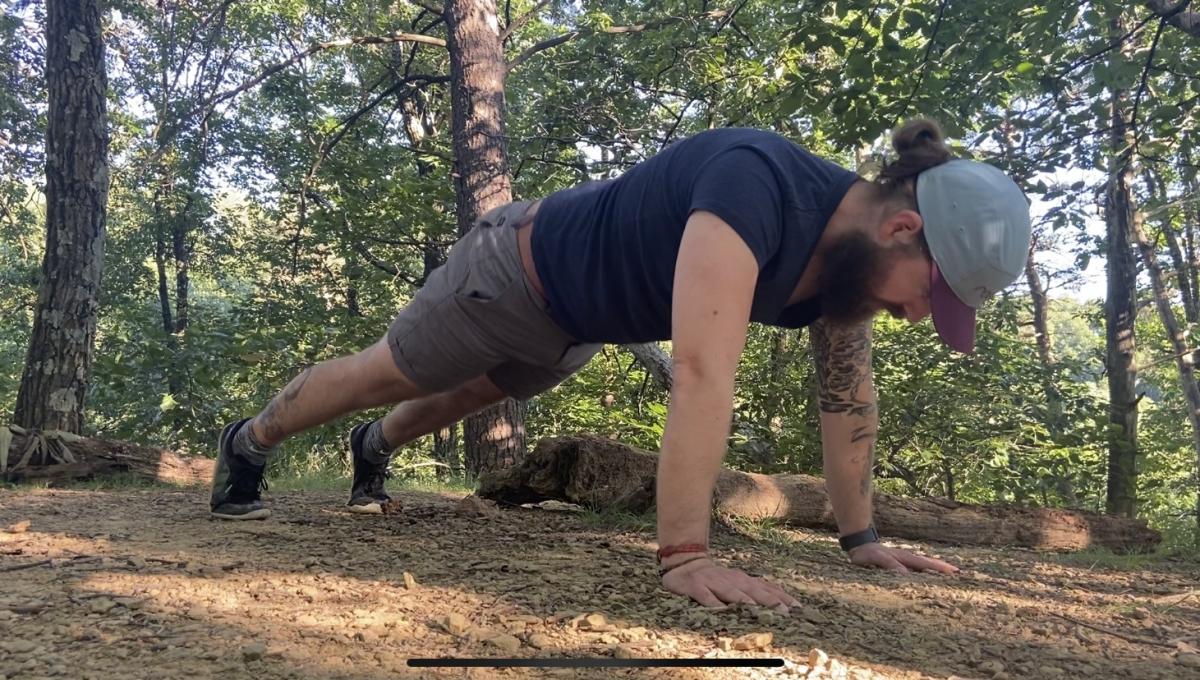
Steve The Intern
8 Moves to Stay Strong in the Saddle
- ,
- , The Lab
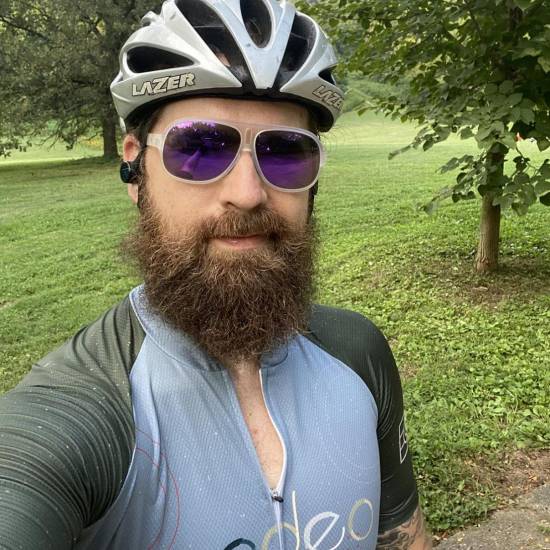
Curtis Hall is the Co-Founder and Head Coach at BAREfit Adventure Training in Louisville, Ky. He works with adventure athletes and enthusiasts to help them not only perform higher but also more sustainably. Www.barefitlife.com @barefit.life @capt.curtis
With the roads more open and my gym closed, I’ve been riding more, lifting less and finding all the kinks in my armor. My lower back”s a little achy, my hip flexors are tight, that spot right behind my knee is wanting to lock up and some old shoulder injuries are starting to talk to me again. These kinks usually stay below the surface thanks to my normal coaching/training schedule, but thanks to activities shifting, I’ve had to get creative in my daily movements to keep these issues at bay and have worked the following exercises into my daily regime to stay strong for my outdoor cycling adventures.
Any activity involving sustained repetitive movements will develop certain muscles and body areas over others. These imbalances lead to tightness, aches, performance loss and, if left unaddressed, injuries. Cycling falls under this category for sure!
Every body is different, and responds uniquely within any given context, but there are common threads running though many of the issues cyclists face. These issues are exacerbated by increased time sitting and/or working on the computer.
Below are 8 movements you should be doing every day to help align and mobilize your body so you can keep riding strong & reduce injury. This list is by no means exhaustive, nor is it a replacement for hands on coaching. Think of it as a cyclist’s starter guide to healthy movement.
Ass to grass squat/Full crouch
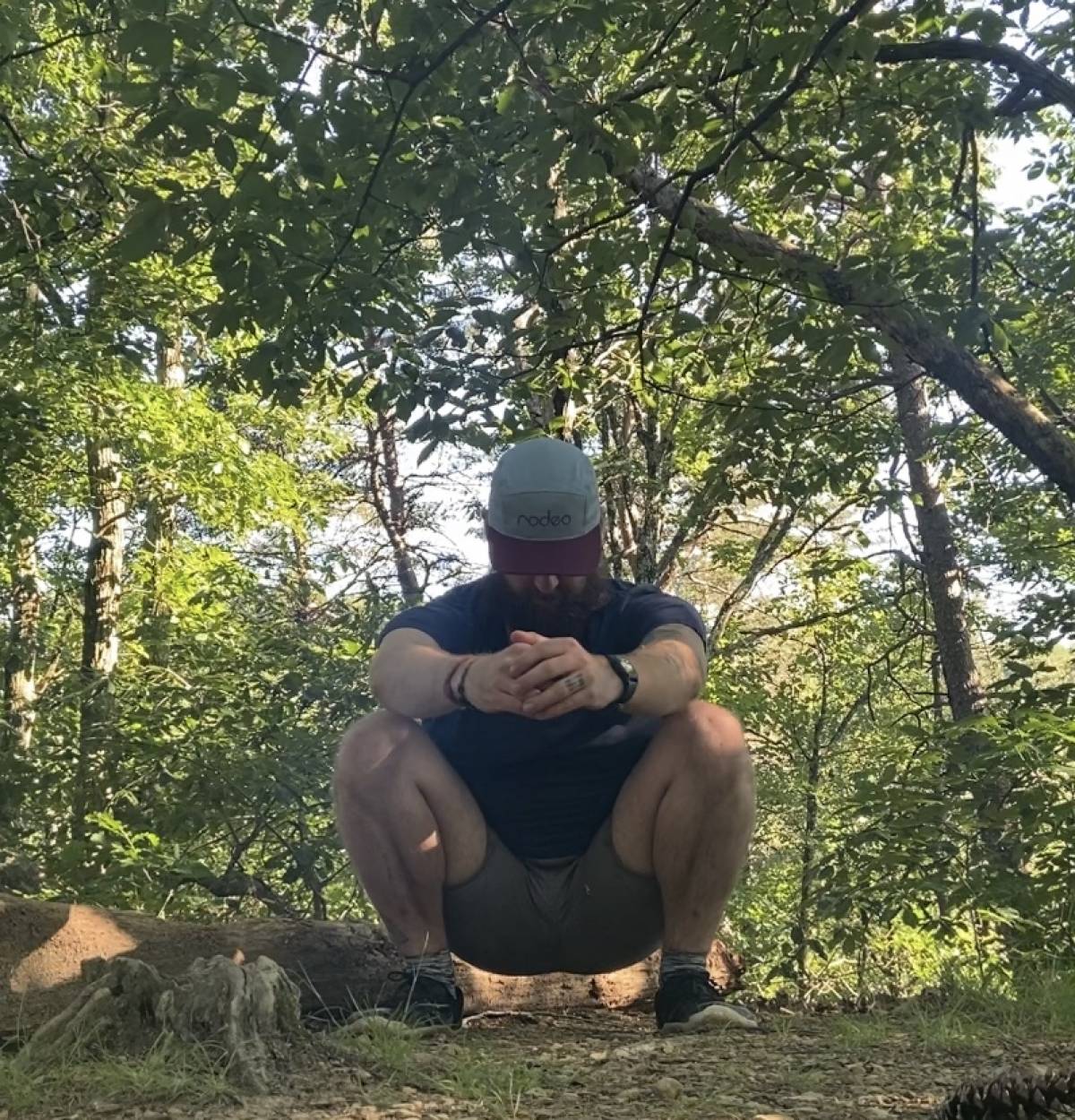
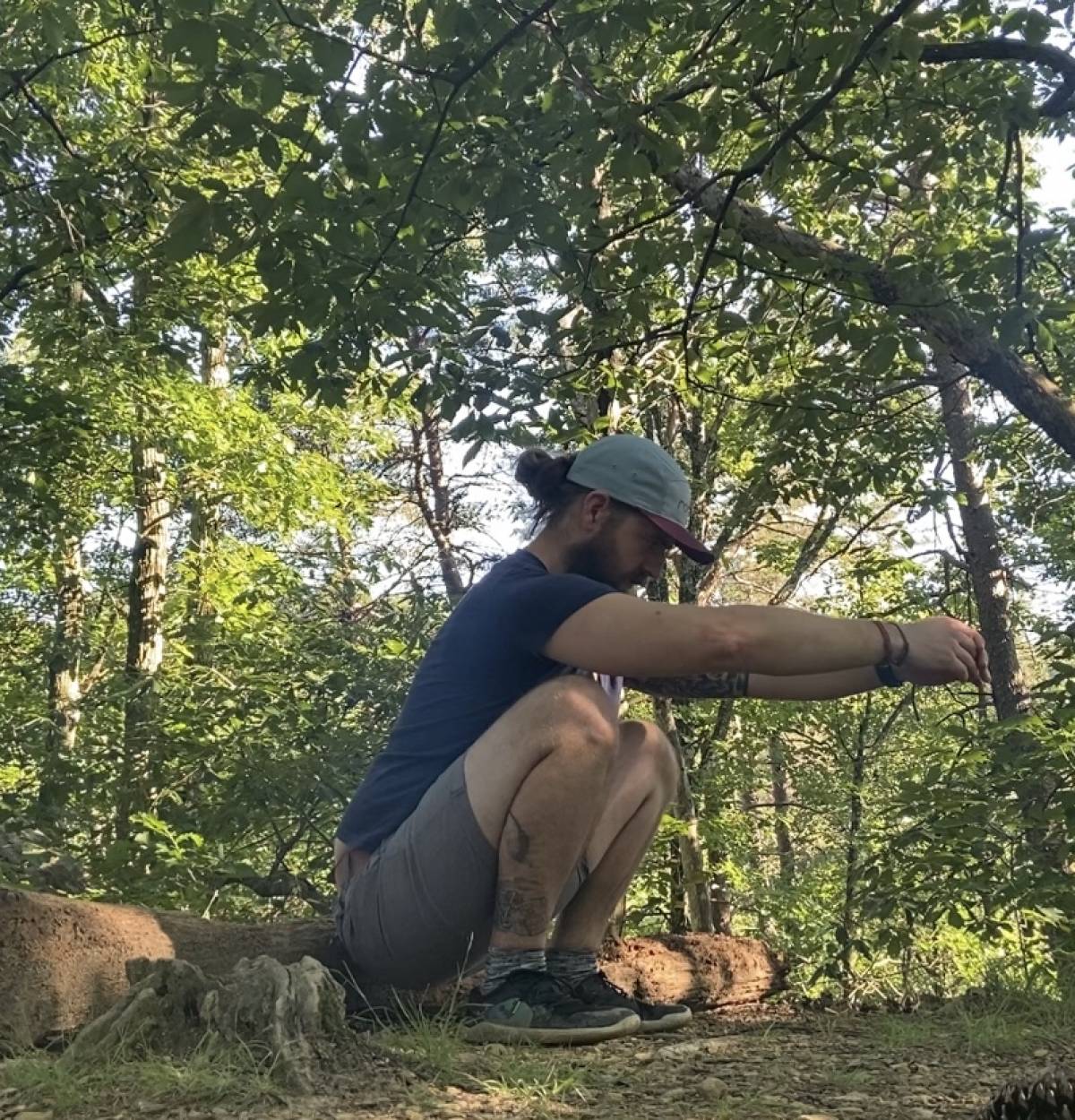
Why do them?
The squat is not only one of the most effective exercises, the ass to grass or crouch position is our natural resting state as humans. Opting to crouch instead of sitting in a chair helps stretch and re-align much of the body that gets tight and cranky on a long ride.
When to do it:
As much as you can!
Mods and such:
If you’re not able to bottom all the way out while keeping your heels on the ground and back straight, stack some books, etc. to bring the ground closer to you.
Scorpion stretch
Why do it?
This one stretch hits almost every muscle on your front half. Most applicablly it targets tight hip flexors and your pec minor. These are 2 often problematic sets of muscles that time in the drop bar position aggravates.
Bonus points for it being an efficient back popper and stress reliever.
When to do it:
This is great to do before bed or post ride, while waiting on beers if you’re the exibitionist type.
Mods and such:
How you position your arms affect which muscles are being stretched, so feel free to experiment and find that spot that needs the most love.
Downward dog to lizard
Why do it?
This is a simple and versatile flow that in the downward position stretches your whole backside and relieves neck pressure. The lizard position intensely hits those pesky hipflexors while also stretching quads, glutes and abs
When to do it:
This is a great addition to your pre-ride warm up or to open things up while taking in the view after that epic climb.
Mods and such:
The lizard part is pretty intense, especially if your hips are tight. To modify, you can go wider with your forward foot or opt for upward dog if you’re really inflexible.
To make things more intense, twist toward your forward knee and reach back.
This works great as a dynamic movement or a nice long deep stretch.
Hip rotation to extension
Why do this?
This movement strengthens hip stabilizers while building healthy overall hip function.
Secondarily, it improves lateral knee stability and relieves lower back pressure.
When to do it:
This is another great active warm up movement and can even be incorporated into the Downward to Lizard Flow or do it at home while just chilling.
Mods and such:
For those with tighter hips, feel free to adjust your foot position and/or lean back on your hands to make this more accessible.
When you extend, engage your hips for a baller hip flexor stretch and bonus glute activation
Cat/cow
Why do these?
I often have clients that, whether out of laziness or a disdain for even the slightest hint of yoga, just will not stretch on their own. I assign these clients cat/cow stretch (and threaten them with burpees) because it’s such a versatile and effective movement for addressing these issues we’ve been discussing. It connects restorative hip, spine, scapula, shoulder and neck movement with breath in a way few other stretches do.
When to do them:
Pre-ride warmup. Mid ride loosen up. Post ride stretch. Morning wake up routine. Commercial breaks. When you…well, you get the idea!
Mods and such:
Bring some lateral and rotational movement into the mix.
Hollowbody core movements
Why do it?
Hollowbody refers to simultaneously engaging your hips, abs, chest and shoulders creating a concave shape (think a banana). This is the foundation for almost every gymnastic skill, bombproofs your core and helps coordinate breath with core engagement. It’s also akin to the drop bar position. Developing strength and efficiency here will make you stronger and more comfortable in the drops. Plus your wrists will thank you!
When to do it:
Add hollowbody movements into your core routine to crank it up to 11. Almost every core exercise becomes more effective/intense when in hollowbody. The same can be said for many strength exercises like pull-ups and pushups.
Mods and such:
Just doing a basic banana hold can be a challenge if your core is detrained. If this is the case, start on your back with your knees tucked in, take a deep breath and extend your arms and legs out as you inhale, then draw them back in as you exhale focusing on slow controlled movements. Work up to holding that fully extended banana position for multiple breaths.
Jefferson curls
Why do them?
For classic weight lifters, this one seems counterintuitive as we are told to never let our backs round out while lifting. The first time I saw someone doing Jefferson curls I honestly judged them pretty hard… These, like hollowbodies, are a gymnastics go to for building a strong, healthy and mobile back. This, applied to cycling, contributes to a more comfortable and sustainable drop bar position, and way less ‘day after epic ride” lower back pain.
When to do them:
Add light weight Jefferson curls into your lifting routine, especially in tandem with deadlifts and other heavy lifts that put a lot of stress on your back.
Body weight Jefferson curls (aka spinal rolling) are great to do pre, post or mid ride to warm up and relieve tension in your back.
Mods and such:
This is an exercise that focuses on small muscles, so use small weight.
If you’re very inflexible or have active back pain or injury, start with no weight and focus on spinal rolling to at least get your spine moving.
To progress the movement, feel free to add in lateral or rotational movements.
Scapula pushups/pull-ups
Why do these?
Your scapula (aka shoulder blades) are the main structure around which your upper back & shoulders are built and, much like the hips, radiate problems when misaligned and/or immobile. These scapular issues directly contribute to neck pain/stiffness and pretty much everything that could go awry in your shoulders. As any rider knows, long days in the saddle do no favors for neck/shoulder issues and are about more than just strong quads.
When to do these:
Much like the Jefferson curls, these pair nicely in strength workouts with pull-ups, rows, pushups etc. and, much like hollowbody, make those classic strength movements more effective.
Scapula pushups are an excellent upper body cycling warmup and I often do a modified version while riding to help relieve neck/upper back tension.
Mods and such:
These can be a weird one to get the feel of and just working on extending/retracting your shoulder blades while standing is a good place to start.
If you’re working on solid pushups and pull-ups opt for these instead of janky reps as good pushup/pull-up form starts with scapular engagement.

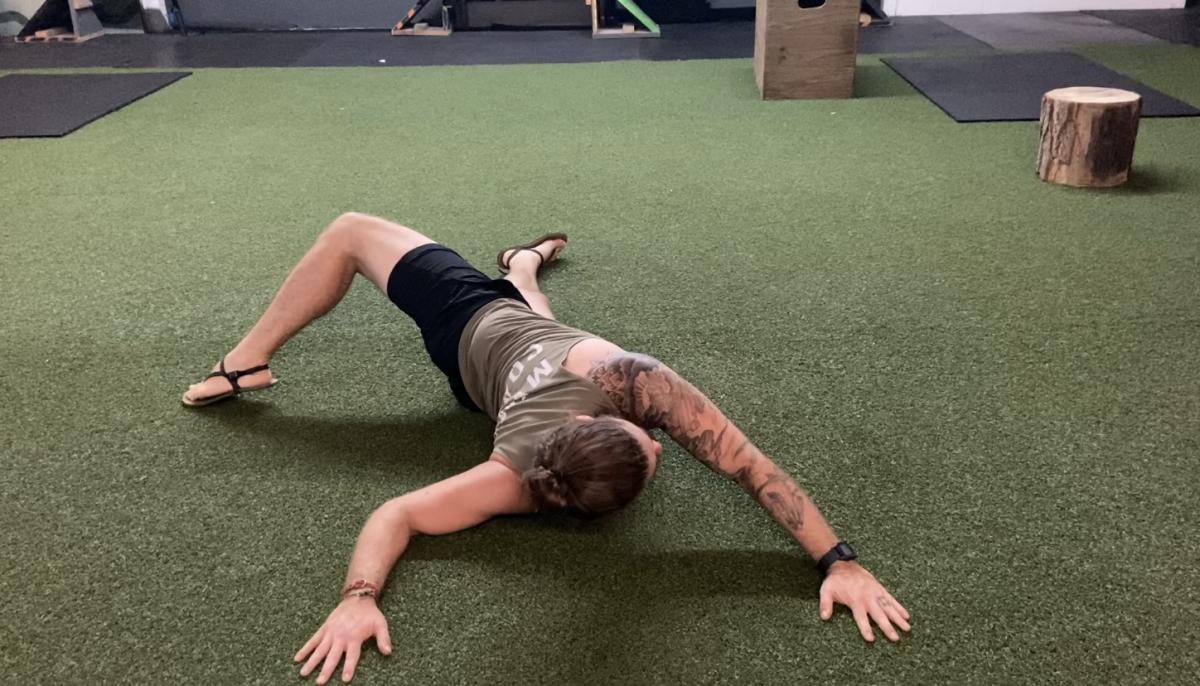
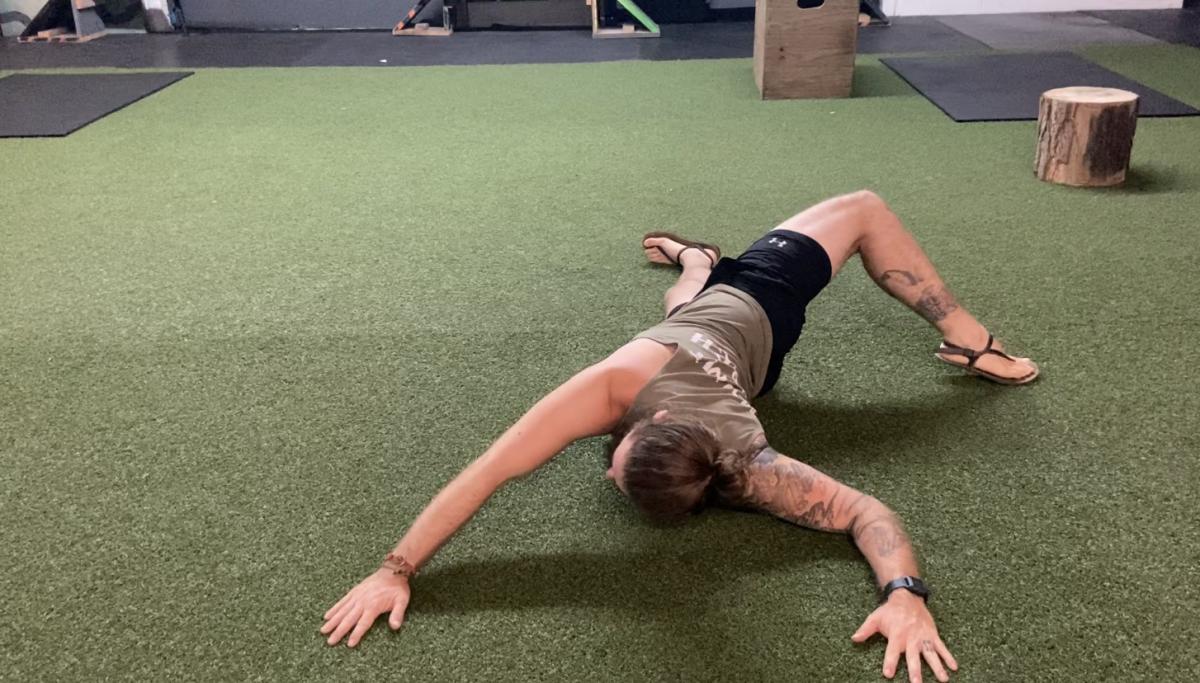
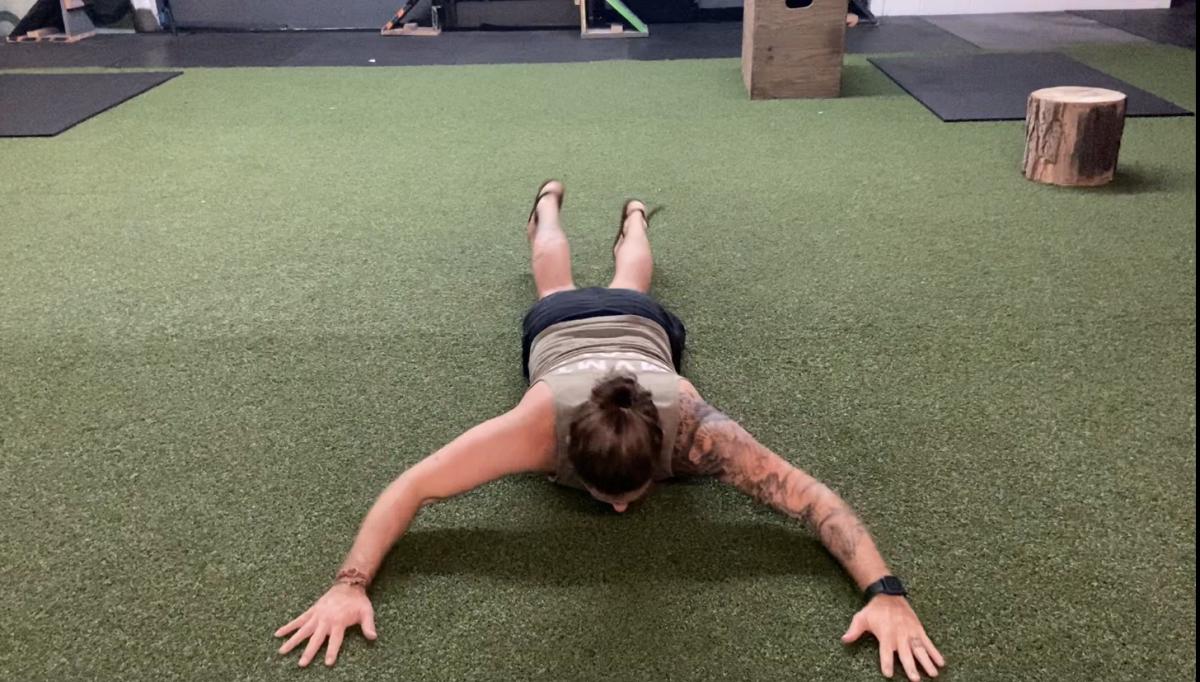
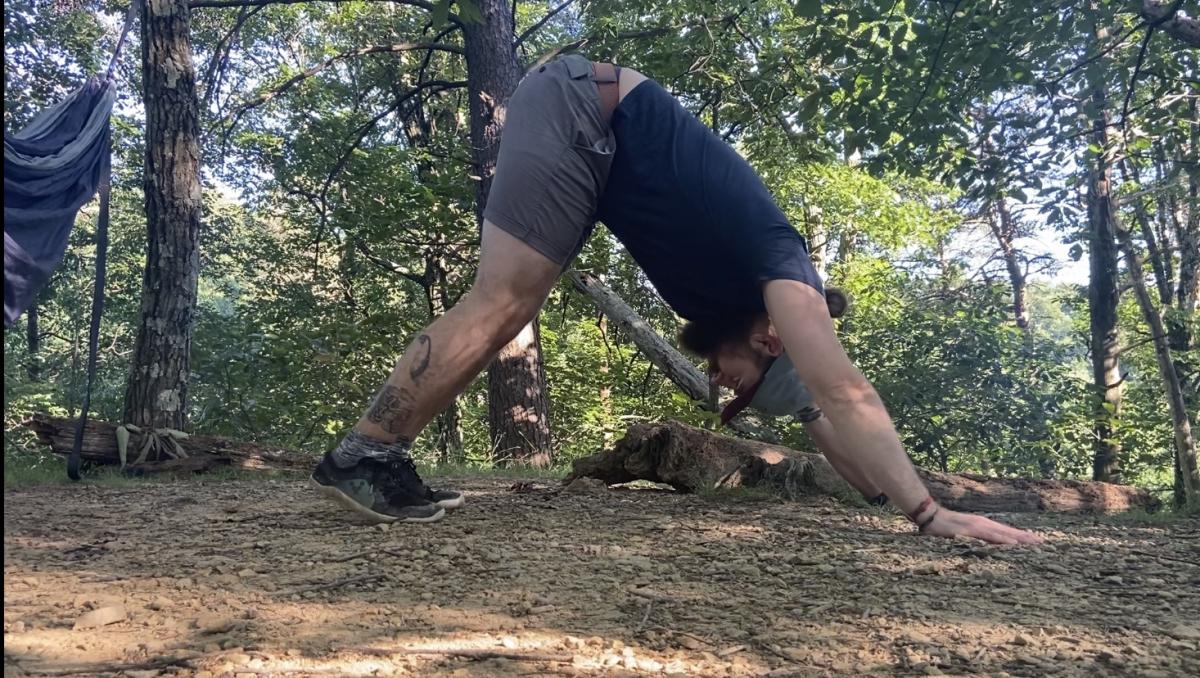
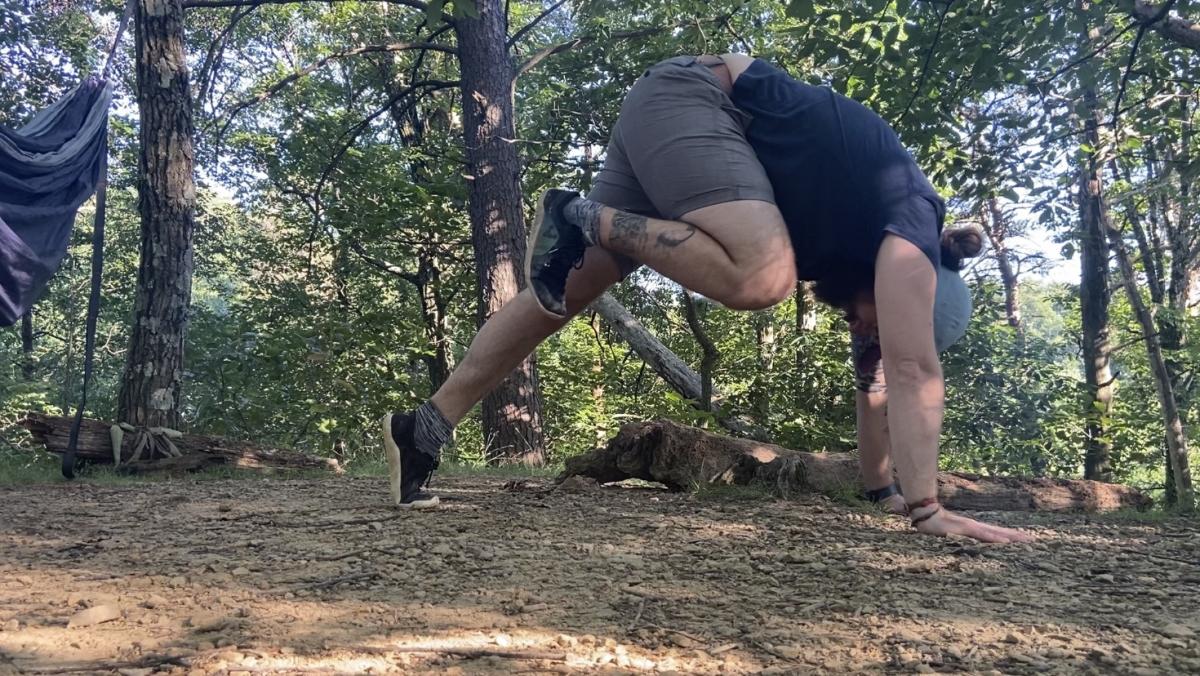
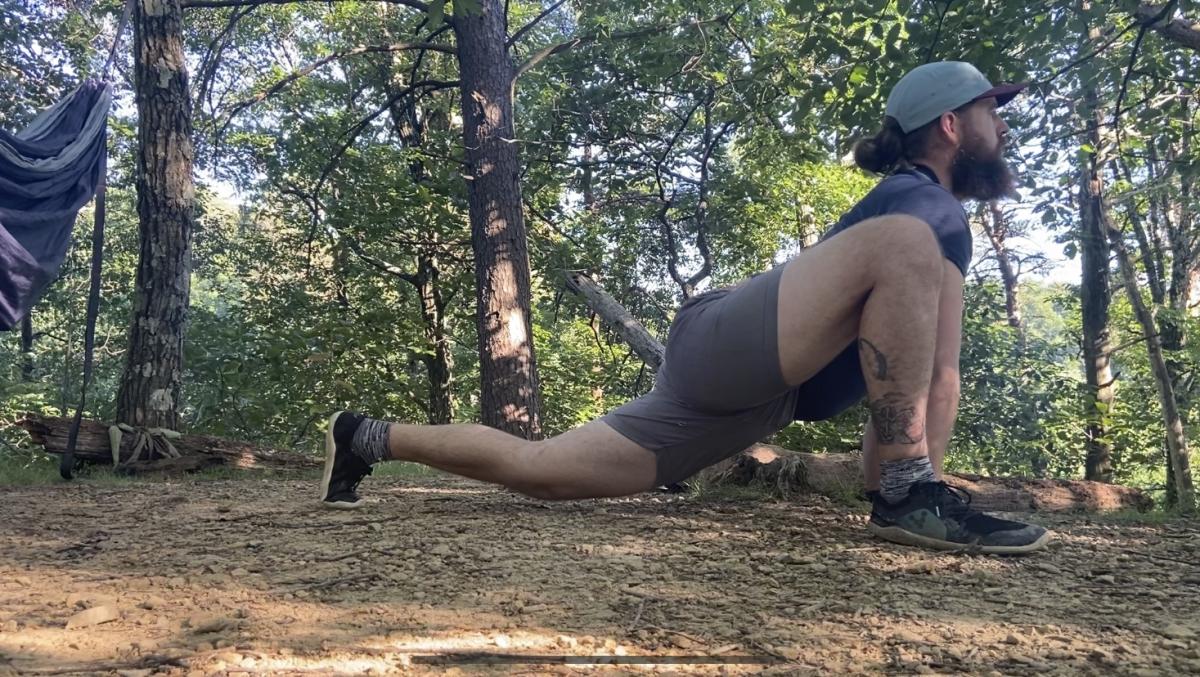
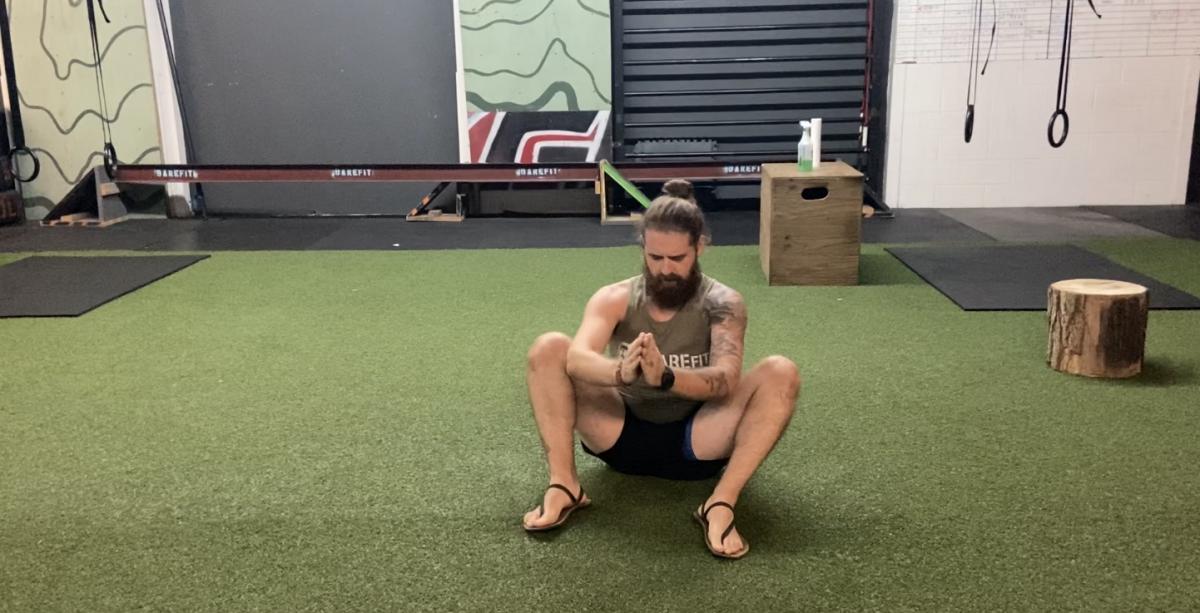
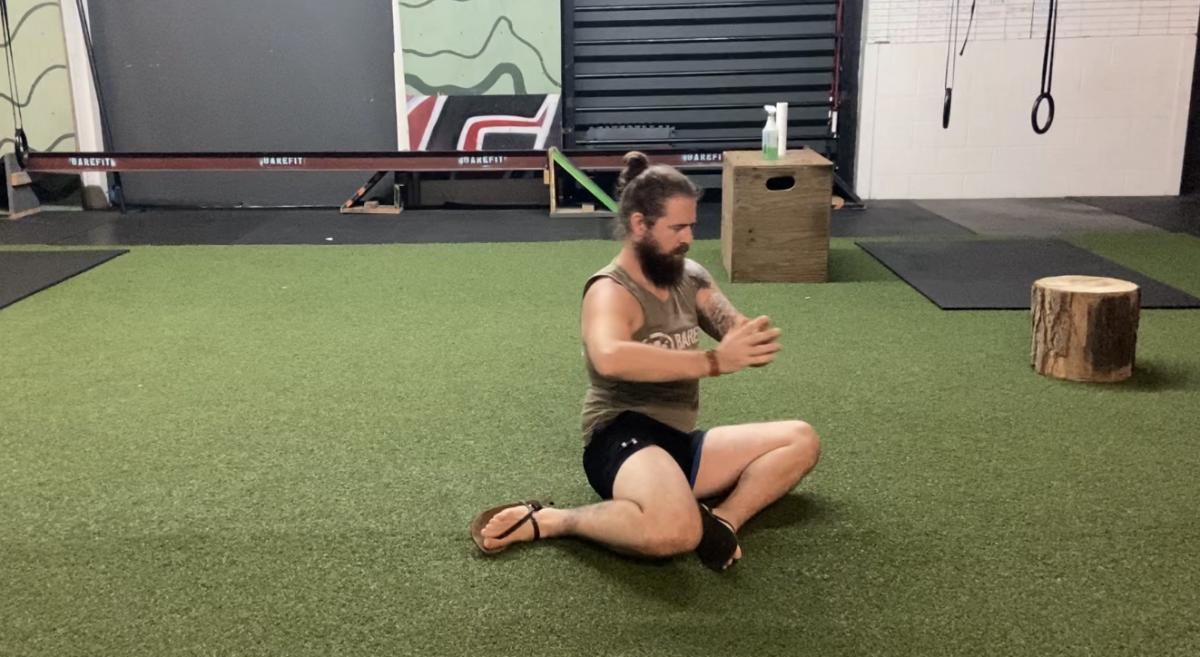
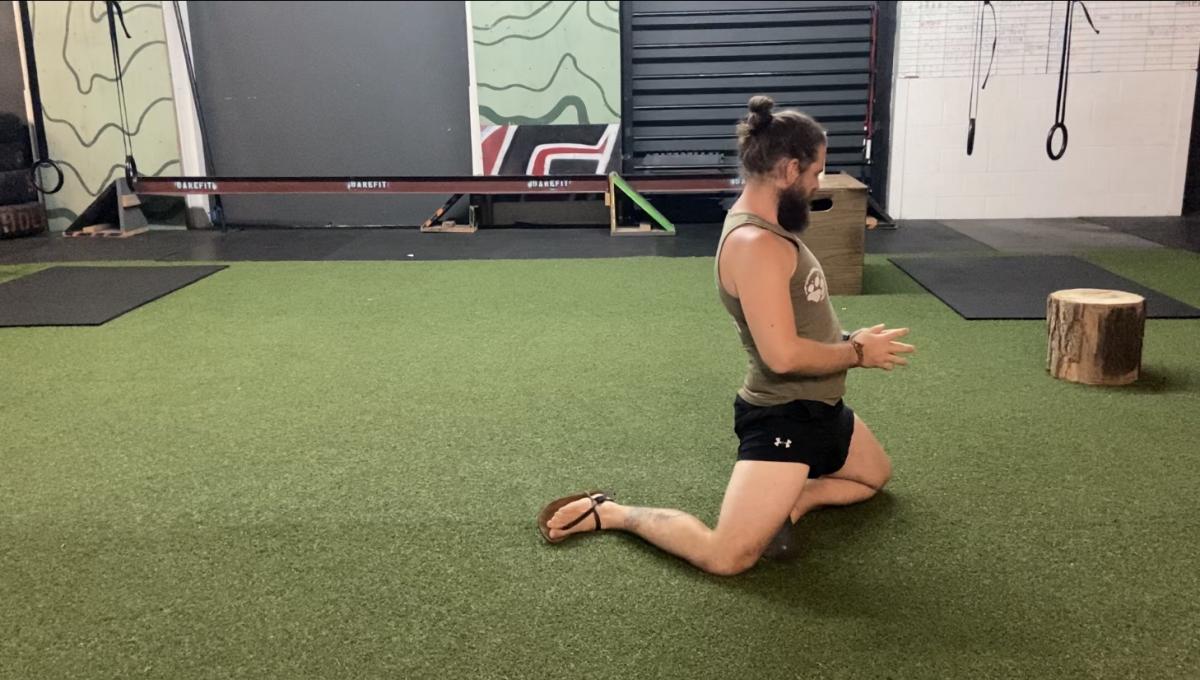
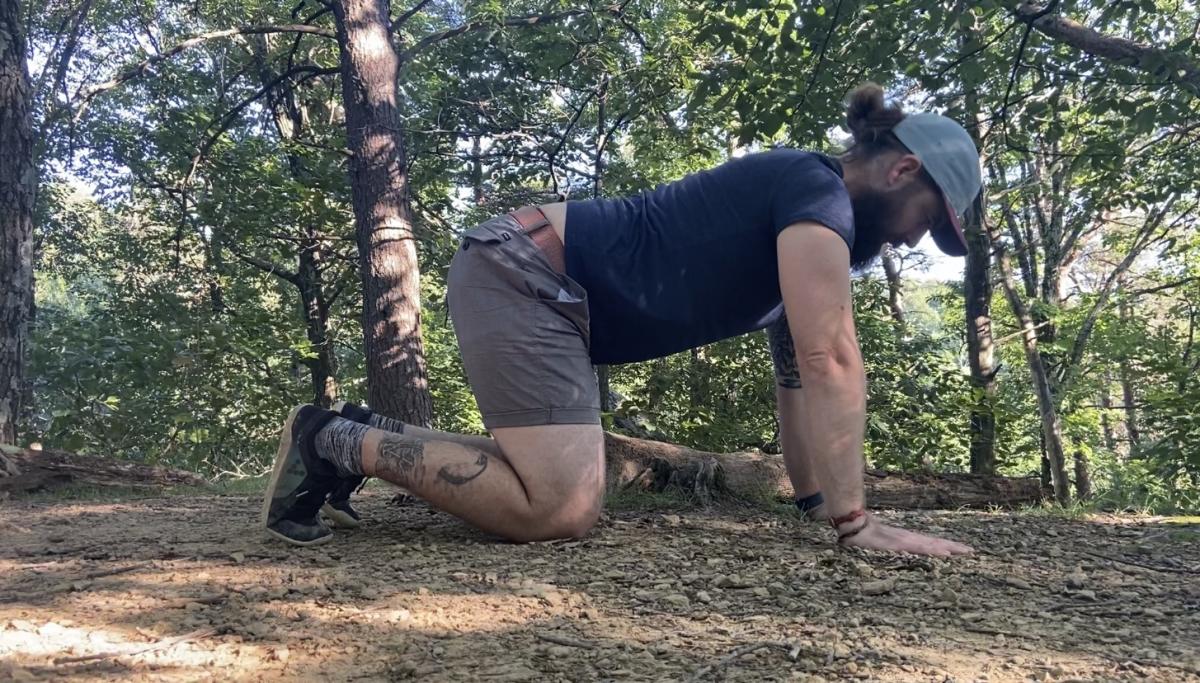
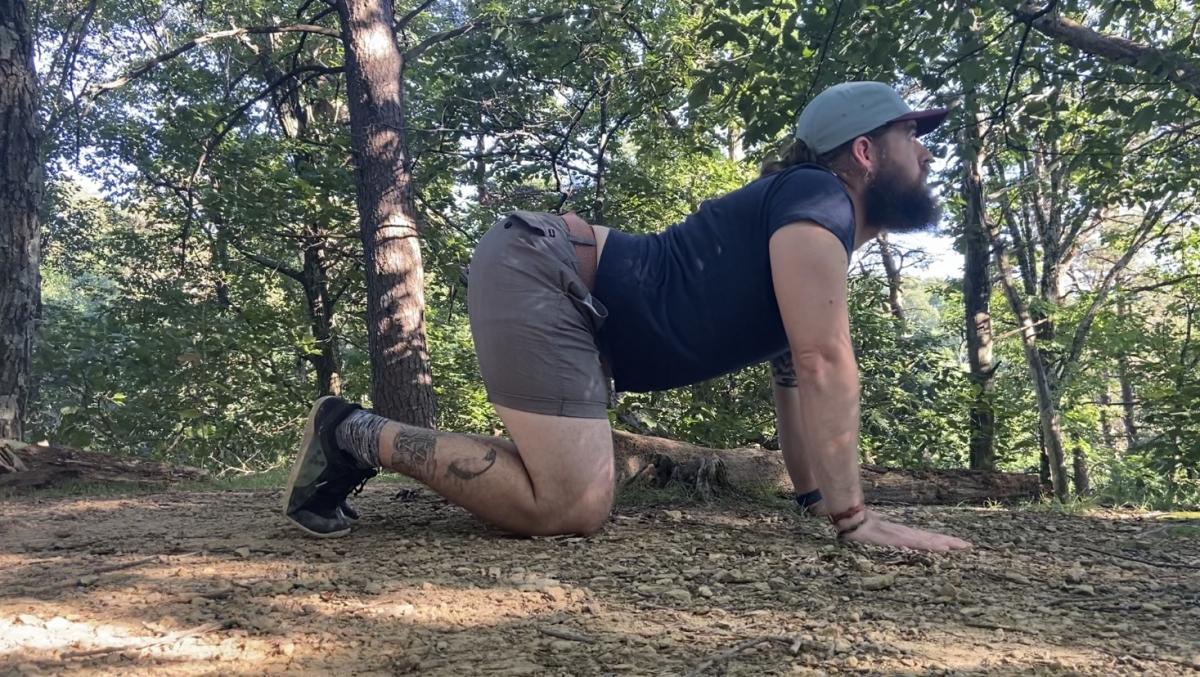
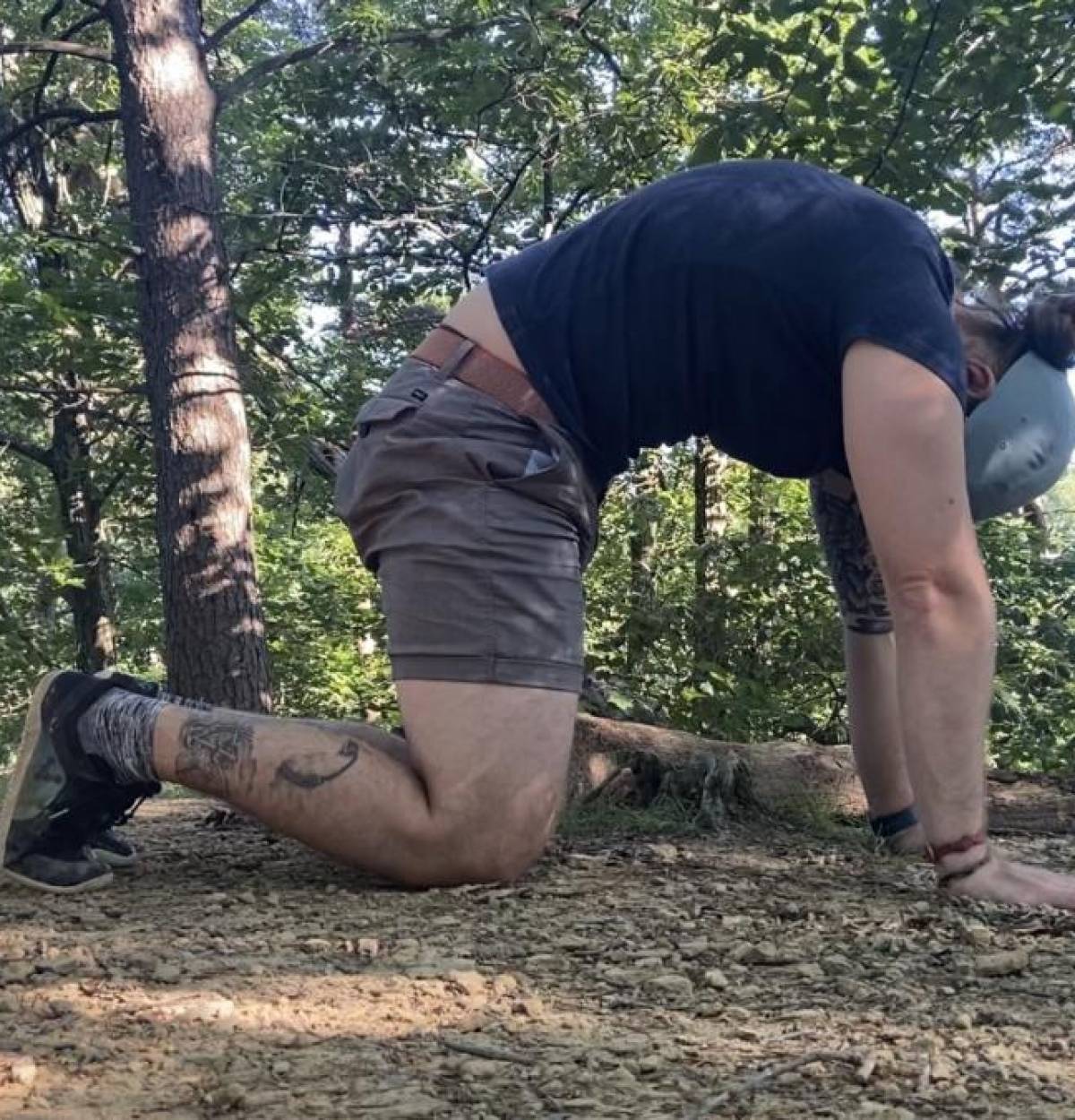
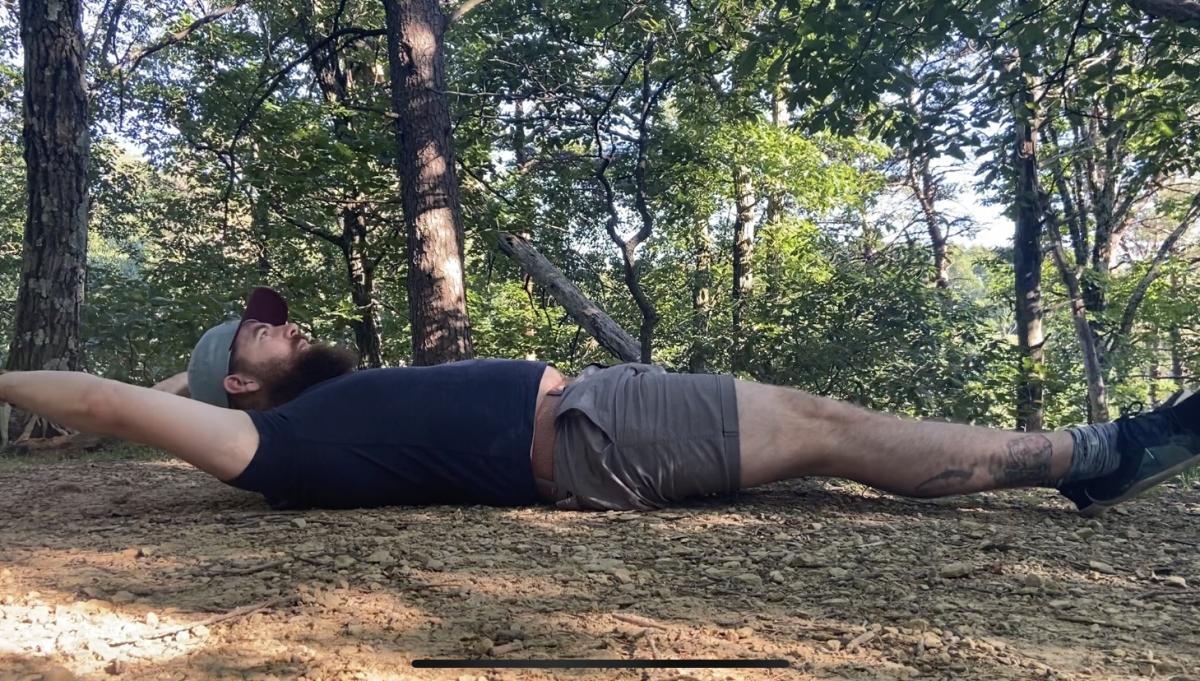
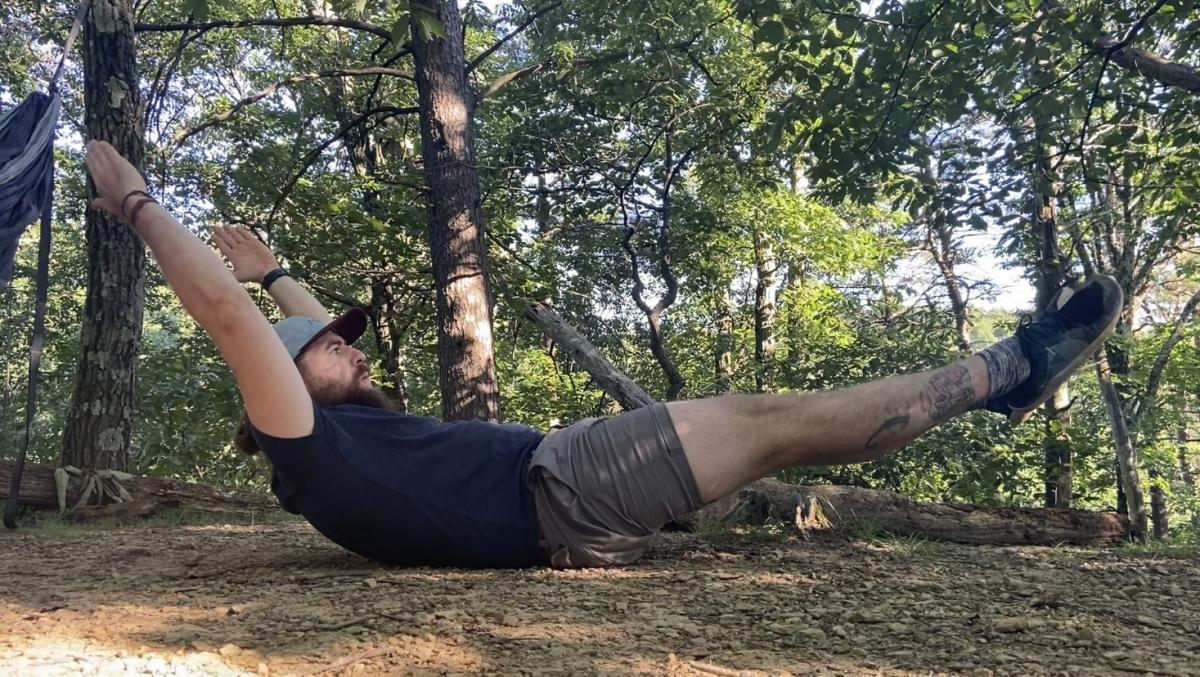
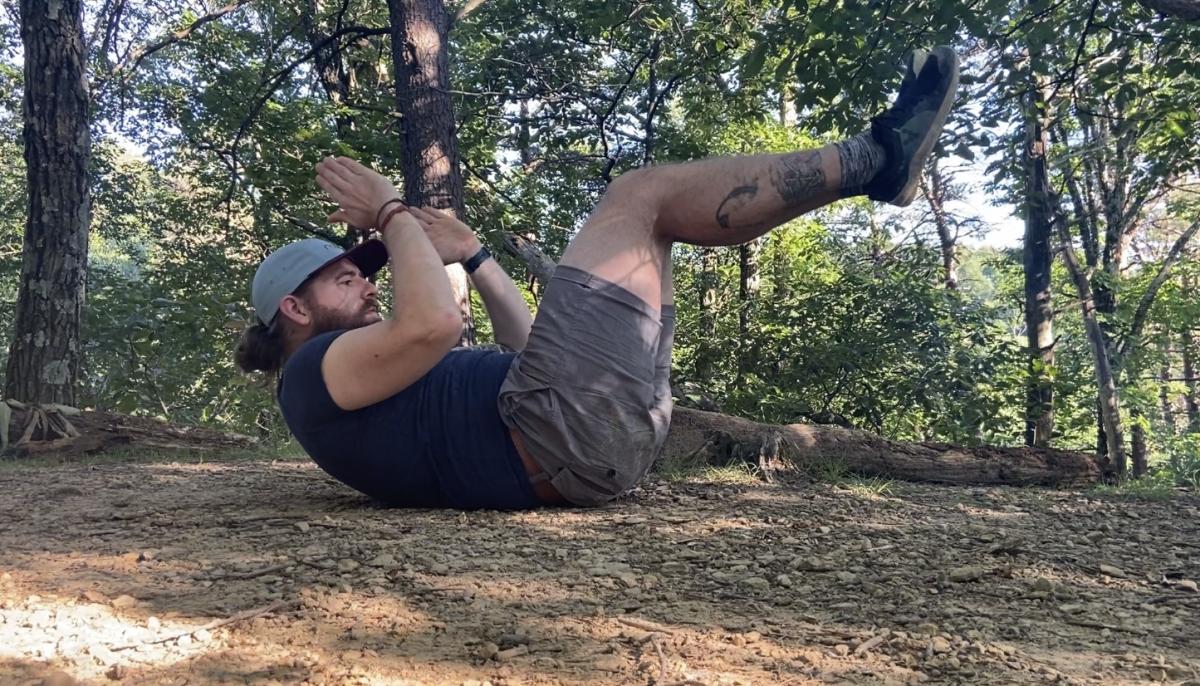
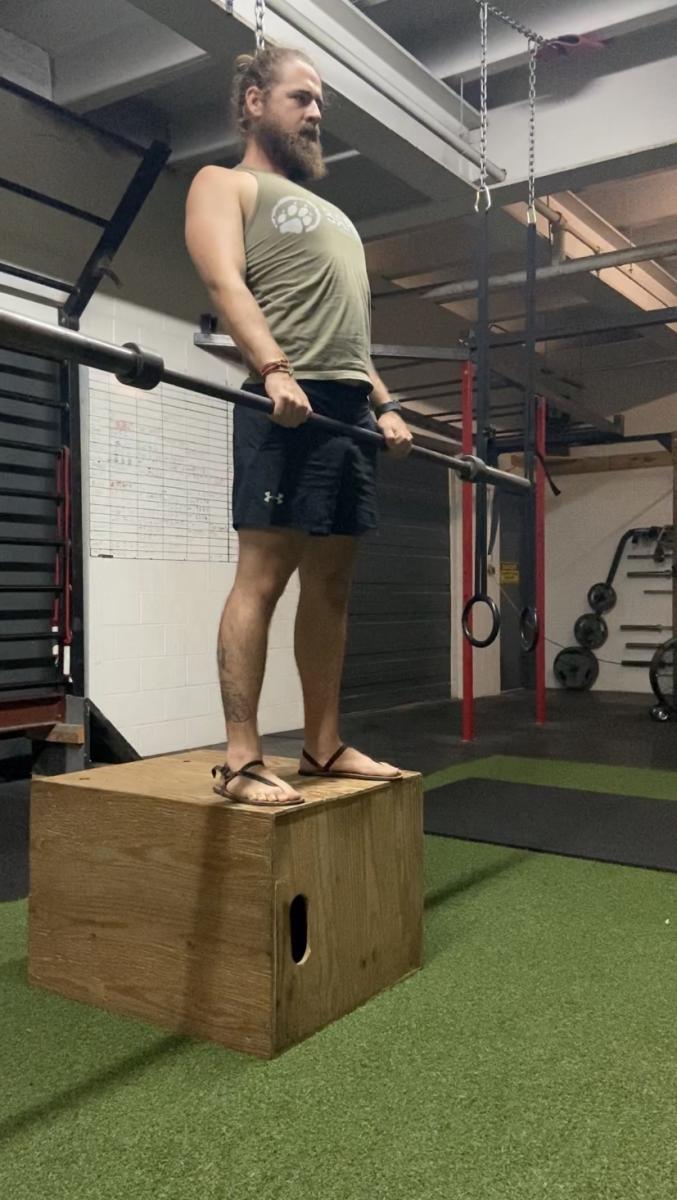
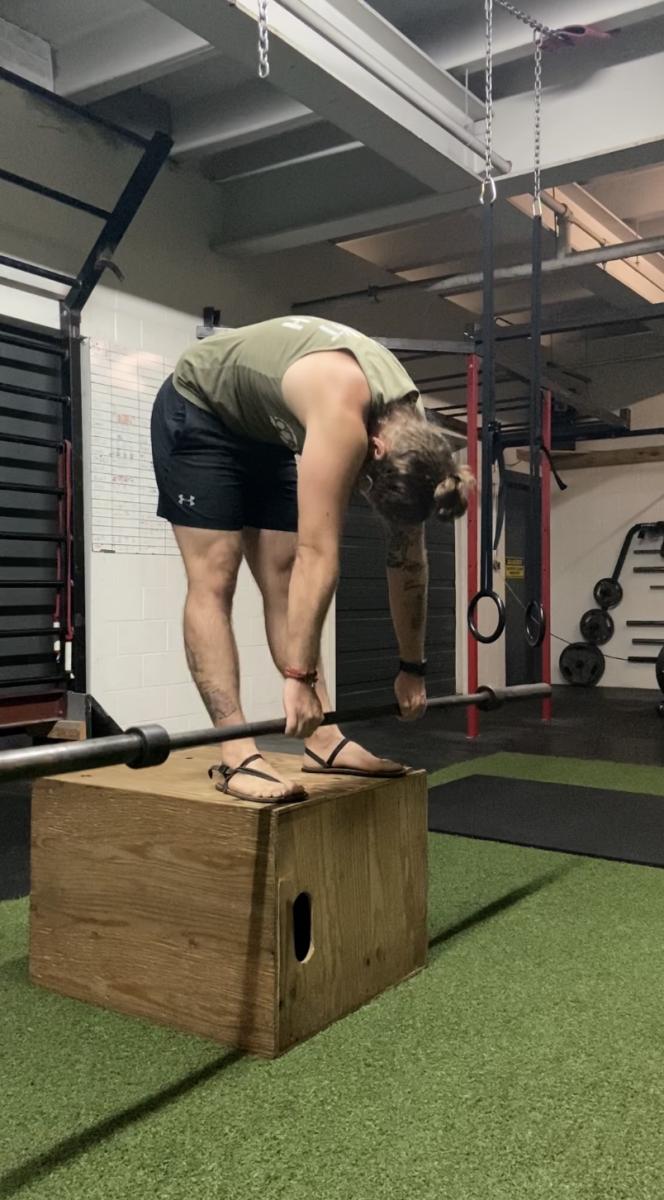
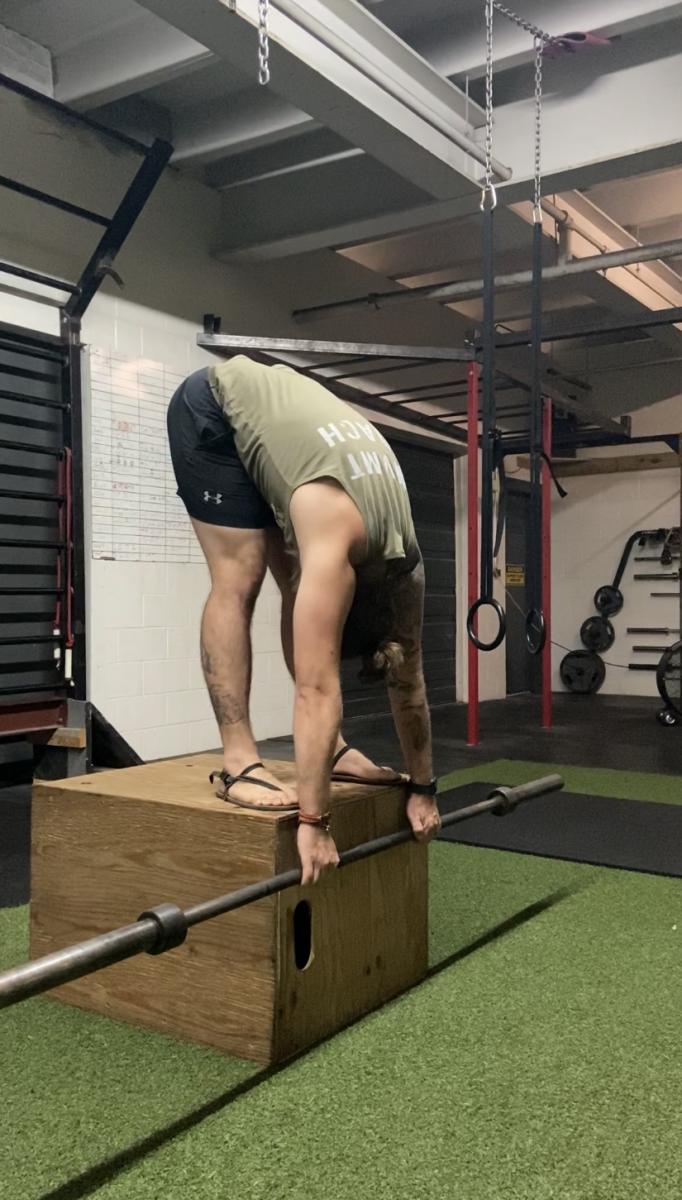
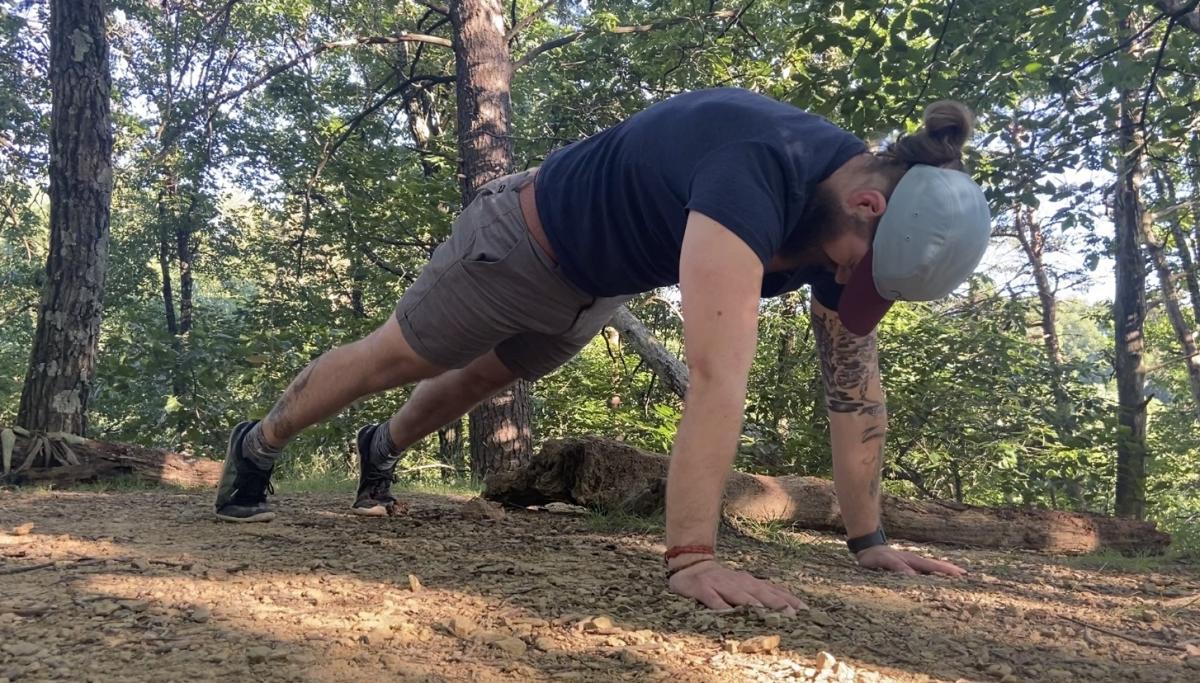
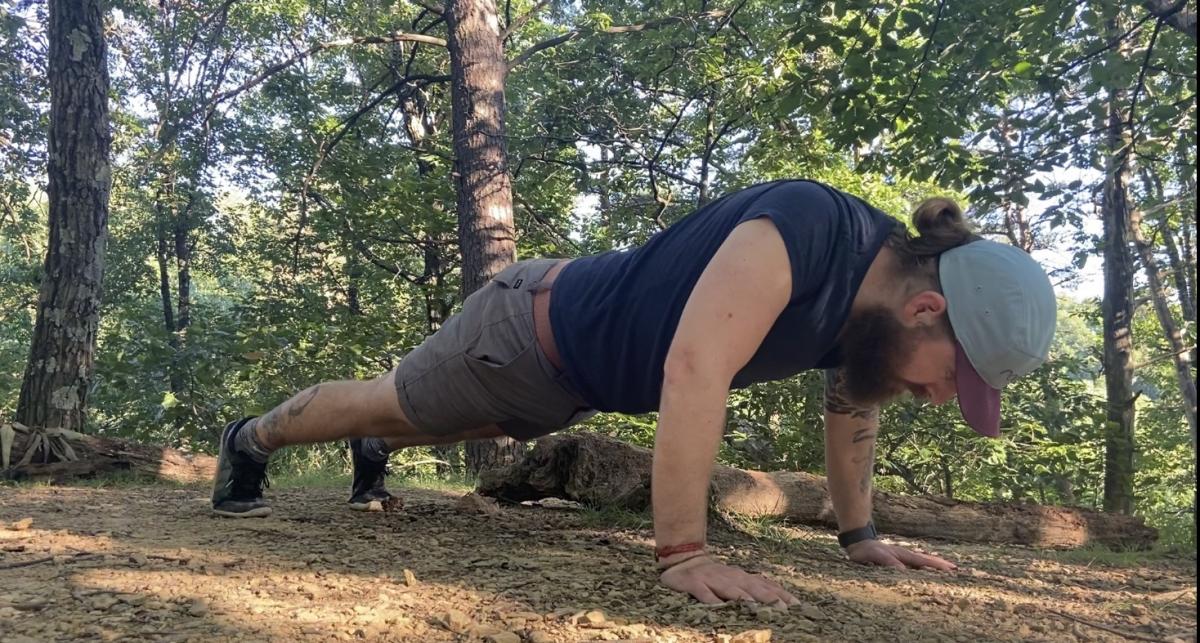
No comment yet, add your voice below!